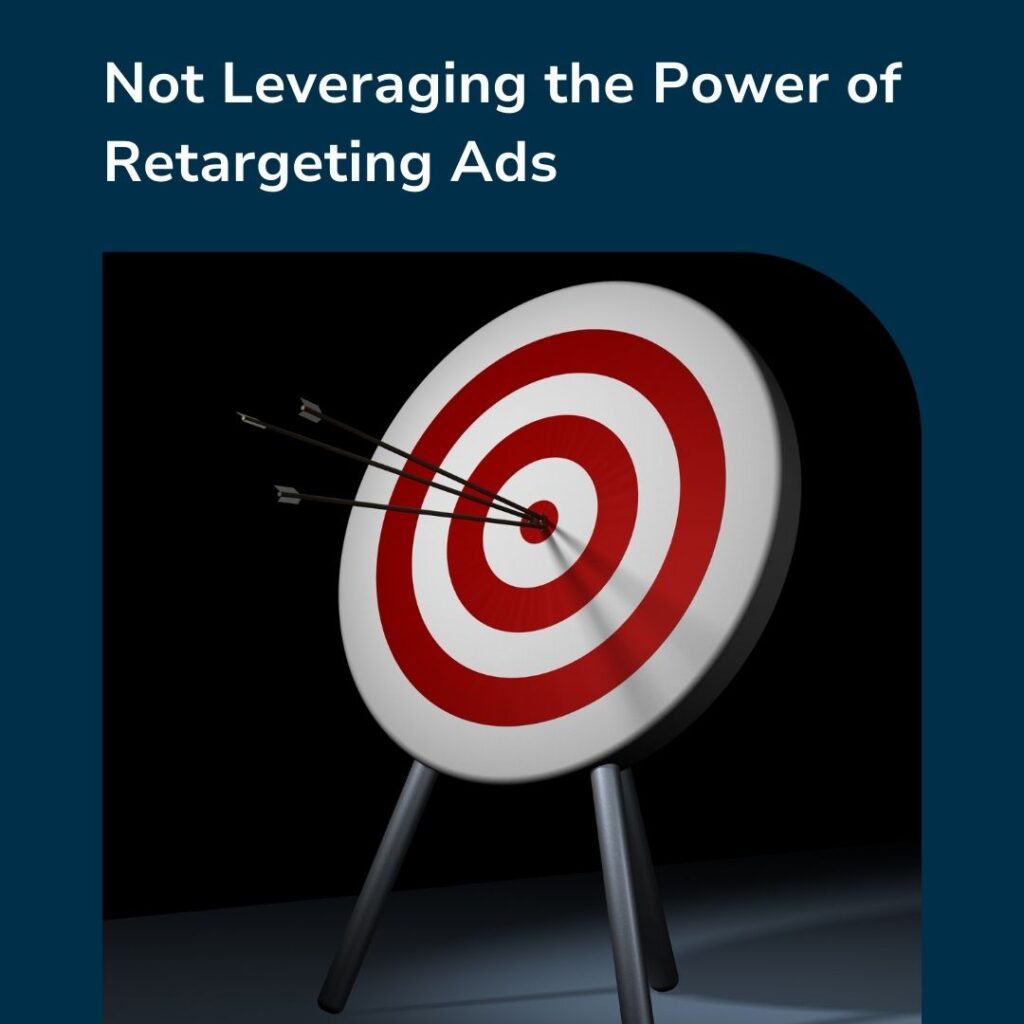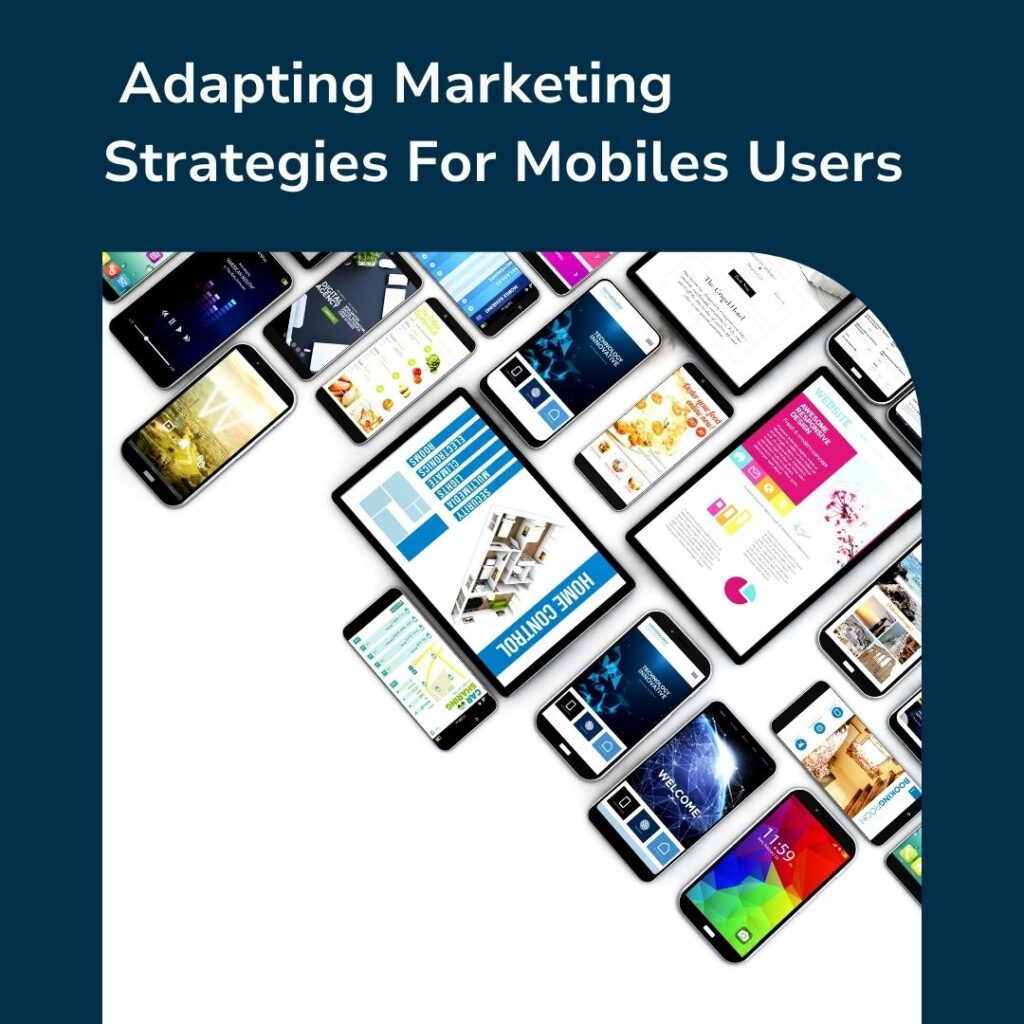Let’s start by catching your attention first.
Do you know where the Nike slogan “Just do it” comes from?
Convicted serial killer Gary Gilmore uttered the words “Let’s do it” just before he was executed by a firing squad in 1977.
(I don’t have any side motivations to put this here. I just find the story fascinating. Now let’s go to the reason why you came to this page).
Nike Business
Nike business is worth $28 billion – the only American fashion brand worth a double digit billion.
Next best – Victoria’s Secret at 6.1.
The numbers alone are a clear indication of how well Nike business has done; how the Nike strategy has worked wonders; how the Nike distribution strategy has spread the name of the company to a level where we all know the name.
But the reasons for Nike’s dominance do not stop there.
Let’s talk about some of the ways where the Nike strategy has helped in creating the brand we know and love today.
Nike Strategy
Nike started off as a distributor for the Japanese footwear company Onitsuka Tiger. They did so exclusively for the first seven years of their existence – 1964 to 1971.
In 1971 came the first set of shoes designed by Nike with the famous swoosh.
(The famous Nike swoosh logo was designed by Carolyn Davidson for only $35. There is a happy ending to this story too. Carolyn Davidson now owns shares in the company worth over half a million dollars).
But, these days, it is a well known fact that Nike does not produce its own shoes. In short, Nike Production Strategy is summarised by one word – outsourcing.
(We will not go into the controversies related to the Nike Production Strategy, as they are well covered elsewhere. You can read more about Nike Production Strategy controversies through the highlighted link).
In fact, Nike strategy is mainly based around marketing the products and consolidating the brand through technological innovation.
By doing so, they minimise the scope of their corporate responsibilities, concentrating on activities that add the highest value. One such activity is the Nike Global Expansion strategy.
Nike Global Expansion
Nike Global Expansion is down to 8 specific things. You can read more about them on the official Nike file here. In short, Nike Global Expansion is credited to:
- Involvement in Sports Activities – through inspiring it’s customers
- Global Partnerships – by signing athletes, teams, and suppliers who propel the brand forward in over 170 countries. Nike International Strategy is a mainstay in its global expansion outtake.
- Associated Brands – swoosh is just one of the recognisable things about Nike. Other subsidiaries of Nike include the famous Jordan brands, Hurley, Umbro, and so on.
- Innovation – Nike is a technological leader in the sportswear industry. (The list of new technological applications by Nike is too long to present here).
- Deep relationships with customers – Nike knows their target market and communicate with them by producing what the target market wants
- Nike Distribution Strategy – Nike started off by working on developing their own stores. Of course, selling just through your own stores is limiting. Therefore, Nike, over time has signed partnerships with local retailers and distributors that make the Nike global expansion goal easier through an evolved Nike Distribution Strategy. The Nike Distribution Strategy is also connected with the Nike International Strategy within its global reach efforts.
- Excellence – in their own words, Nike global expansion is thanks to their focus on producing quality products and aiming for excellence. Moving further, Nike takes this point to how they improve the business side to improve their margins and generating further value for the stakeholders in the company
- Growth Strategy – Nike Global Expansion stems from the growth strategy that the company has always believed in. Nike financial growth has been on the rise from the beginning and the company is showing no signs of slowing down.
When talking of Nike Global Expansion, it should be remembered that almost every motivated company shares such goals. But, Nike has successfully implemented the goal through specifying the channels of improvement.
The Nike goals are not just in the air. Their goals are specified to the point of how to achieve it. No wonder why Nike has achieved such success as compared to the ever-rising competition in the wider fashion sector and not just as a simple sportswear company.
But, how has Nike sustained this level of growth? The answer lies in the next section.
Nike Management
We tend to discount the importance of management in a growing organisation.
Most companies will have a growth strategy but, in order to maintain it, you need a top notch management strategy too – visible in the Nike Management structure.
With over 74,000 employees, the leadership must come from within to sustain the Nike Business. And, that’s exactly what Nike Management does. The company also has a testing system which makes sure that people are placed in the right roles. By doing so, the rest of the Nike Business operations flow like a charm.
For example, Nike management of supply chain has been optimised and automated over time, based on the company needs, and the inventory is constantly monitored by trained staff. This keeps the company operations flowing throughout the financial year, improving the name of the company even further.
But, if we are talking about the Nike Management needs of the day, what about the digital presence?
Nike Digital Marketing Strategy
Apart from the fact that most business operations are online now, this article will be incomplete without the Nike Digital Marketing Strategyin any case.
This is because of obvious reasons – you are reading the article on a digital marketing platform that thrives in digital psychology and business strategy.
Nike Digital Marketing Strategy took a turn with the appointment of a Chief Digital Officer Adam Sussman in 2016. Adam holds the position to this day.
While Nike’s competitors, e.g. Under Armour, dived deep into wearables, Nike stuck to the age old digital means – ecommerce and global expansion through the launch of Nike websites for Canada, Switzerland, and Norway.
Nike also worked on including specific targeted pages for Mexico, Turkey, and Chile on it’s main Nike.com website.
The Nike Digital Marketing Strategy of sticking to the traditional means of digitisation may sound old fashioned. But, there is a deeper reason to sticking to the guns.
Nike Digital Marketing Strategy is far more user friendly than we may understand. Nike understands that before the adoption of any technology by the customers, the level of comfort needed must be matched.
While the market trends may be showing signs of change, the actual change in the market so far is negligible.
Instead of diving into a market that may or may not exist in the future, Nike is slowly making its way towards the wearable technology, based on demand.
Nike understands that it holds the ability to demonstrate a full fledged change when the market matures.
And, based on the branding capabilities of Nike, it will not be difficult for the company to make a comparatively quick change.
In the short term, Nike Digital Marketing Strategy is still based on achieving financial results – arguably a more important measure of the long term success of the organisation.
Conclusion
So, here we go. The success of Nike business is not just a simple path. It has components of
- Nike Strategy
- Nike Growth Strategy
- Nike Production Strategy
- Nike International Strategy
- Nike Global Expansion
- Nike Distribution Strategy
- Nike Management
- Nike Digital Marketing Strategy
A single article bringing together the said points does not do justice to the achievements of Nike. But, you get an initial idea that you can build further upon.
We have done similar works surrounding others brands, including Apple and L’Oreal to name a few.
At Axies Digital, we produce such content on a regular basis. You can check our full list of blogs here.
We also provide digital marketing services that bring in the factor of customer psychology through business strategy and digital psychology.
On a related topic, here’s our take on sports sponsorship strategies of some of the biggest British brands:









